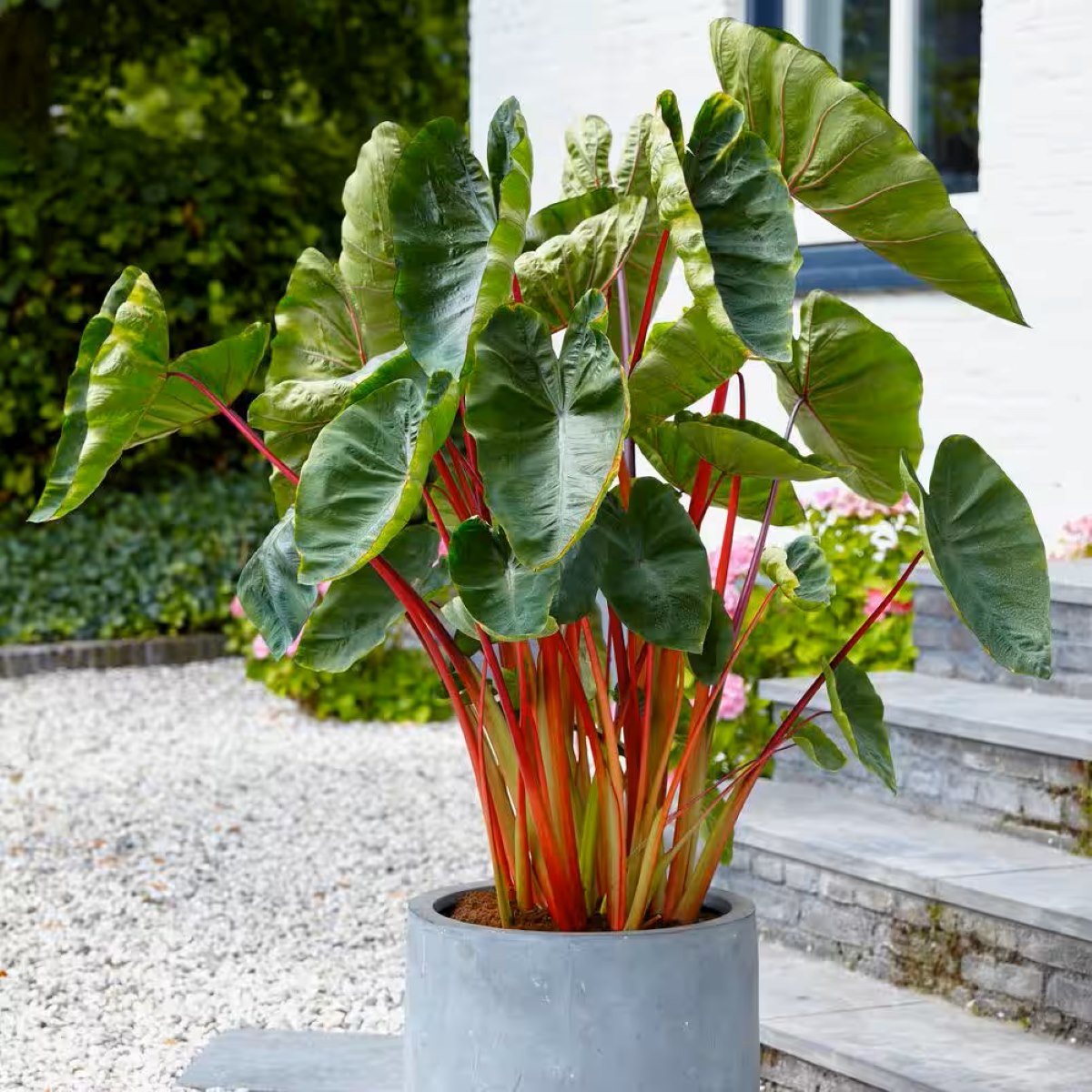

Articles
How To Store Elephant Ear Bulbs
Modified: February 23, 2024
Learn how to properly store elephant ear bulbs with our informative articles. Preserve your bulbs for future seasons and ensure their longevity.
(Many of the links in this article redirect to a specific reviewed product. Your purchase of these products through affiliate links helps to generate commission for Storables.com, at no extra cost. Learn more)
Introduction
Welcome to our comprehensive guide on how to store elephant ear bulbs. Elephant ear bulbs, also known as colocasia or taro bulbs, are a popular choice among gardeners for their large, tropical leaves and stunning appearance. These bulbs are easy to grow and can add a touch of exotic beauty to any garden or landscape.
However, elephant ear bulbs are not cold-hardy and cannot survive freezing temperatures. If you live in a region with harsh winters, it is important to properly store these bulbs to ensure their survival for the next growing season. Storing elephant ear bulbs over the winter months is essential for preserving their health and vitality, allowing you to enjoy their beauty year after year.
In this article, we will guide you through the process of storing elephant ear bulbs effectively. We will cover the ideal time for storage, the preparation steps, choosing the right storage container, and creating the optimal storage conditions. By following these steps, you can ensure that your elephant ear bulbs remain dormant and ready for replanting in the spring.
So, let’s dive into the details of how to store elephant ear bulbs properly, ensuring their health and vitality for seasons to come.
Key Takeaways:
- Preserve the beauty of elephant ear bulbs by storing them properly in a cool, dark location with adequate ventilation, moisture control, and regular monitoring. Follow the steps to ensure healthy re-emergence in the next growing season.
- Choose the right storage container, maintain proper ventilation, and insulation, and regularly check on the stored bulbs to ensure successful storage. Label and separate different varieties for easy replanting and enjoy the vibrant beauty of your elephant ear bulbs in the seasons to come!
Read more: How To Store Elephant Ear Bulbs For Winter
Understanding Elephant Ear Bulbs
Before we delve into the specifics of storing elephant ear bulbs, it’s essential to have a good understanding of what they are and how they grow. Elephant ear bulbs are the underground storage organs of the colocasia or taro plant. They are actually modified stems that store energy and nutrients for the plant’s growth and survival.
These bulbs are characterized by their large, heart-shaped leaves that resemble the ears of an elephant, hence the name. Elephant ear bulbs come in different varieties, with varying leaf colors, sizes, and patterns, making them a versatile choice for any garden.
Elephant ear bulbs thrive in warm, tropical climates and are commonly grown as ornamental plants. They prefer well-draining soil and partial shade, although some varieties can tolerate full sun. The bulbs are typically planted in the spring and grow throughout the summer months, reaching their peak in size and beauty.
As winter approaches, the foliage of the plant will start to die back naturally. At this point, it is necessary to prepare the bulbs for storage to ensure their survival during the cold months. Storing elephant ear bulbs properly is crucial for preserving their health and maintaining their ability to produce new growth in the upcoming season.
Now that you have a basic understanding of elephant ear bulbs and their growth habits, let’s move on to the optimal time for storing these bulbs.
When to Store Elephant Ear Bulbs
Knowing the right time to store your elephant ear bulbs is essential for their long-term survival and successful re-growth in the following season. The timing of bulb storage will largely depend on your climate and the natural growth cycle of the plant. Here are a few guidelines to help you determine the best time to store your elephant ear bulbs:
1. End of the Growing Season: The ideal time to store elephant ear bulbs is when the growing season comes to an end. Typically, this is after the first frost or when the foliage starts to yellow and die back. It’s important not to wait until the bulbs are damaged by colder temperatures, as this can affect their ability to sprout new growth in the next season.
2. Check for Dormancy: Before removing the bulbs from the ground, check if they have entered a state of dormancy. This will be indicated by the yellowing, browning, or wilting of the leaves. If the foliage is still green and healthy, it is best to wait a little longer before storing the bulbs.
3. Weather Conditions: Keep an eye on the weather forecast in your area. If freezing temperatures are predicted in the near future, it’s time to store your elephant ear bulbs. The cold can damage the bulbs, leading to rot and ultimately, plant death.
4. Growing Region: Different regions have different winter conditions. If you live in a colder climate, where freezing temperatures are common, you will want to store your bulbs earlier than those in milder climates. It’s important to understand your specific region’s climate to determine the right time for bulb storage.
By following these guidelines, you can ensure that you store your elephant ear bulbs at the optimal time, allowing them to remain healthy and dormant throughout the winter months. With the timing sorted, let’s now move on to how to prepare the bulbs for storage.
Preparing Elephant Ear Bulbs for Storage
Properly preparing your elephant ear bulbs for storage is crucial for their long-term survival and successful re-planting in the next growing season. Follow these steps to ensure that your bulbs remain healthy and dormant during the winter months:
1. Remove the Foliage: Start by cutting back the foliage of the elephant ear plant to a few inches above the bulb. Use clean and sharp garden shears to make clean cuts. This helps the plant conserve energy and directs its resources to the bulb for storage.
2. Gently Dig out the Bulbs: Carefully dig around the base of the plant to avoid damaging the bulbs. Use a garden fork or a shovel to lift the bulbs out of the ground. Be cautious not to break or bruise the bulbs during this process.
3. Clean and Inspect the Bulbs: Once the bulbs are out of the ground, gently remove any excess soil clinging to them. Be careful not to wash or scrub the bulbs. Inspect them for any signs of damage, rot, or disease. Discard any bulbs that appear damaged or unhealthy.
4. Air Dry the Bulbs: Allow the bulbs to air dry in a warm, well-ventilated area for a few days. This helps to further remove moisture from the bulbs and prevent the growth of mold or fungi during storage.
5. Remove Excess Foliage: Trim any remaining foliage or roots attached to the bulbs. Leave a small amount of the basal plate or stem attached to the bulb, as this will aid in re-planting the bulb in the next season.
6. Dust with Sulphur: Dusting the bulbs lightly with powdered sulphur can help prevent fungal infections during storage. Sulphur has natural antifungal properties and acts as a protective barrier for the bulbs.
7. Label and Sort: It is essential to label and sort your bulbs before storing them. Mark each bulb with its specific variety or color using waterproof markers. This will help you identify and organize the bulbs when it’s time for replanting.
By following these steps, you can ensure that your elephant ear bulbs are well-prepared for storage. Now that the bulbs are ready, let’s move on to choosing the right storage container.
Choosing the Right Storage Container
Selecting the appropriate storage container is crucial for maintaining the health and viability of your elephant ear bulbs during the storage period. Here are some key factors to consider when choosing the right storage container:
Adequate Size: Opt for a container that has enough space to accommodate your elephant ear bulbs without crowding them. This will prevent any damage or distortion to the bulbs during storage. Keep in mind that the bulbs may increase in size over time, so choose a container that allows for some expansion.
Good Ventilation: Look for a container that provides sufficient ventilation to prevent the bulbs from rotting or developing mold. Proper airflow is crucial for maintaining the bulbs’ health and preventing excessive moisture buildup.
Durable and Sturdy: Ensure that the container you choose is durable and sturdy enough to withstand storage conditions and handling. Avoid flimsy or brittle containers that can easily break or crack, causing damage to the bulbs inside.
Lightproof: Elephant ear bulbs prefer darkness during their dormant period. Therefore, select a container that is opaque or has a dark color to block out light. This will help prevent premature sprouting or growth, ensuring that the bulbs remain dormant throughout the storage period.
Moisture Control: Consider using a storage container that has moisture control features, such as sealed lids or adjustable humidity levels. This can help maintain the ideal level of moisture around the bulbs and prevent them from drying out or becoming excessively damp.
Labeling Options: It is beneficial to choose a storage container that allows for easy labeling. This will help you keep track of the different varieties or colors of your elephant ear bulbs, ensuring that you can identify them accurately when it’s time for replanting.
When selecting a storage container, keep in mind that you can use a variety of options, ranging from plastic storage tubs to breathable fabric bags. The key is to choose a container that meets the criteria mentioned above, ensuring optimal conditions for storing your elephant ear bulbs.
Now that you have chosen the right storage container, let’s move on to discussing the ideal location for storing your elephant ear bulbs.
After the first frost, carefully dig up the elephant ear bulbs and let them dry for a few days. Store them in a cool, dry place for the winter, such as a basement or garage, in a container filled with peat moss or vermiculite.
Read more: How To Store Elephant Ears
Storing Elephant Ear Bulbs in a Cool Location
Creating the right storage environment is essential for ensuring the longevity and health of your elephant ear bulbs. Here’s how to store your bulbs in a cool location:
1. Temperature: Elephant ear bulbs require cool temperatures during their dormant period. Aim for a storage location that maintains a steady temperature between 45°F (7°C) and 55°F (13°C). This range is ideal to keep the bulbs dormant without subjecting them to freezing temperatures.
2. Darkness: Elephant ear bulbs prefer darkness during their storage period. Choose a location that is dark or has minimal exposure to light. This will help prevent premature sprouting and maintain the bulbs’ dormancy until the next growing season.
3. Humidity: While the bulbs should not be exposed to excessive moisture, it is important to store them in a location with moderate humidity. A well-ventilated area with humidity levels between 50% and 70% is recommended. This prevents the bulbs from drying out or becoming overly damp.
4. Air Circulation: Ensure that the storage area has good air circulation. This helps prevent the buildup of stagnant air and reduces the risk of mold or fungal growth. Avoid storing the bulbs in airtight containers or areas prone to high humidity, as this can create a breeding ground for harmful organisms.
5. Protection: When storing the bulbs, place them in the chosen storage container, making sure they are not overcrowded. You can add a layer of vermiculite, peat moss, or dry wood shavings between the bulbs to provide insulation and absorb excess moisture.
6. Check for Pests: Before placing the bulbs in storage, inspect them for any signs of pests or disease. Remove any affected bulbs immediately to prevent the spread of infestation to healthy bulbs. This will help ensure that your bulbs remain pest-free during the storage period.
7. Regular Monitoring: While the bulbs are in storage, periodically check on them to ensure that they remain healthy. Look for any signs of decay, rot, or excessive moisture. If necessary, remove and discard any bulbs showing signs of damage to prevent further spread of problems.
By following these guidelines, you can store your elephant ear bulbs in a cool location that provides the optimal conditions for their dormancy. Now, let’s move on to important tips to ensure successful storage of your bulbs.
Checking on Stored Elephant Ear Bulbs
While stored, it’s important to periodically check on your elephant ear bulbs to ensure their health and address any potential issues. Here are some key steps for checking on your stored bulbs:
1. Regular Inspection: Every month or so, inspect the stored bulbs for any signs of decay, rot, or fungal growth. Look for soft spots, discoloration, or unusual odors, as these can indicate a problem. If you notice any issues, remove the affected bulbs immediately to prevent further damage to the healthy ones.
2. Moisture Control: Check the moisture levels in the storage container. While a moderate level of humidity is recommended, excessive moisture can lead to rot or fungal growth. If you find the storage area to be excessively damp, provide more ventilation or adjust the moisture-absorbing materials in the container.
3. Temperature Stability: Monitor the temperature in the storage area to ensure it remains within the recommended range of 45°F (7°C) to 55°F (13°C). Fluctuations in temperature can disrupt the bulbs’ dormancy and affect their ability to sprout in the next growing season.
4. Pest Control: Keep an eye out for any signs of pests in the storage area. Insects or rodents can damage or consume the stored bulbs. If you notice any pests, take appropriate measures, such as using traps or natural pest control methods, to eliminate the infestation and protect your bulbs.
5. Re-positioning: Occasionally, check the position of the bulbs within the storage container. Gently shift or rotate the bulbs to ensure even circulation of air and prevent them from sticking together. This helps prevent the bulbs from developing pressure points or becoming damaged due to prolonged contact.
6. Labeling: Verify that the labeling on the storage container is intact and legible. This will help you identify and sort the bulbs correctly when it’s time for replanting. If any labels have faded or become unreadable, refresh them to avoid confusion later.
By regularly checking on your stored elephant ear bulbs, you can promptly address any issues that may arise and ensure their optimal condition for successful replanting. Now, let’s move on to some additional tips for successful storage of your bulbs.
Tips for Successful Storage
To ensure the successful storage of your elephant ear bulbs and their healthy re-emergence in the next growing season, consider implementing the following tips:
1. Keep Bulbs Separate: Avoid storing different varieties of elephant ear bulbs together. This prevents mixing them up and allows you to know which bulbs belong to each variety, making it easier for planning and replanting in the future.
2. Maintain Proper Ventilation: Adequate air circulation is crucial for preventing mold or fungal growth. Ensure that the storage container or area provides sufficient ventilation to keep the bulbs dry and well-aerated. This helps maintain their health and prevents the buildup of moisture.
3. Insulate the Bulbs: To protect the bulbs from extreme temperature fluctuations, consider insulating the storage container or surrounding area. Use layers of polystyrene foam or newspaper to create a buffer against temperature swings, especially in areas prone to cold winters.
4. Avoid Extreme Cold or Heat: Do not expose the stored bulbs to freezing temperatures or extreme heat. Extremely cold temperatures can damage the bulbs, while excessive heat can cause them to rot or dry out. Find a storage location with stable and moderate temperatures.
5. Re-check Bulbs Before Planting: Before replanting your elephant ear bulbs in the spring, inspect them again for any signs of damage or decay. Discard any bulbs that appear unhealthy or compromised. This ensures that you replant only healthy bulbs for the best growth results.
6. Label Containers Clearly: Proper labeling is essential for organizing and identifying your stored bulbs. Use waterproof markers or labels on the storage containers, clearly indicating the variety, color, or other relevant information. This makes it easier to retrieve specific bulbs when needed.
7. Optimal Storage Duration: Although elephant ear bulbs can be stored for several months, it is generally recommended to limit storage to six to eight months. After this period, the bulbs may start to lose viability and may not perform as well when replanted.
8. Learn from Experience: Note down any observations or lessons learned throughout the storage process. This will help you refine your storage techniques and improve the success rate of storing your elephant ear bulbs in subsequent seasons.
By following these tips, you can increase the chances of successful storage and ensure the health and vitality of your elephant ear bulbs for future growth. With proper care and attention, these bulbs will thrive year after year, adding beauty and tropical flair to your garden.
Now that you have all the essential information for storing elephant ear bulbs, you’re ready to embark on the journey of preserving these magnificent plants over the winter months. Happy gardening!
Conclusion
Storing elephant ear bulbs is a necessary step for gardeners in regions with cold winters, as it ensures the survival and re-growth of these tropical beauties in the following season. By understanding the bulbs’ growth cycle, knowing when to store them, and properly preparing and storing them in cool, dark locations, you can keep your elephant ear bulbs healthy and ready for replanting.
From removing the foliage and digging out the bulbs to gently cleaning and drying them before storage, each step plays a vital role in preserving the bulbs’ health. Choosing the right storage container, one that provides adequate ventilation, darkness, and moisture control, is essential for maintaining optimal conditions during the dormant period. Regularly checking on the stored bulbs, inspecting for any signs of damage or pests, and adjusting humidity and temperature levels will ensure their well-being during storage.
Remember to label the bulbs correctly, separate different varieties, and maintain proper insulation to prevent temperature fluctuations. Following these tips and learning from your experiences will lead to successful storage and healthy re-emergence of your elephant ear bulbs when the next growing season arrives.
Preserving the beauty and vitality of your elephant ear bulbs not only adds a touch of exotic appeal to your garden but also saves you from the hassle and expense of purchasing new bulbs each year. With proper care and attention, these magnificent plants will continue to thrive, enchanting you with their large, tropical leaves and adding a dramatic statement to your landscape.
We hope this comprehensive guide has provided you with valuable insights and practical tips for storing elephant ear bulbs. Remember to adapt the storage process to your specific climate and growing conditions. Happy gardening and enjoy the vibrant beauty of your stored elephant ear bulbs in the seasons to come!
Frequently Asked Questions about How To Store Elephant Ear Bulbs
Was this page helpful?
At Storables.com, we guarantee accurate and reliable information. Our content, validated by Expert Board Contributors, is crafted following stringent Editorial Policies. We're committed to providing you with well-researched, expert-backed insights for all your informational needs.
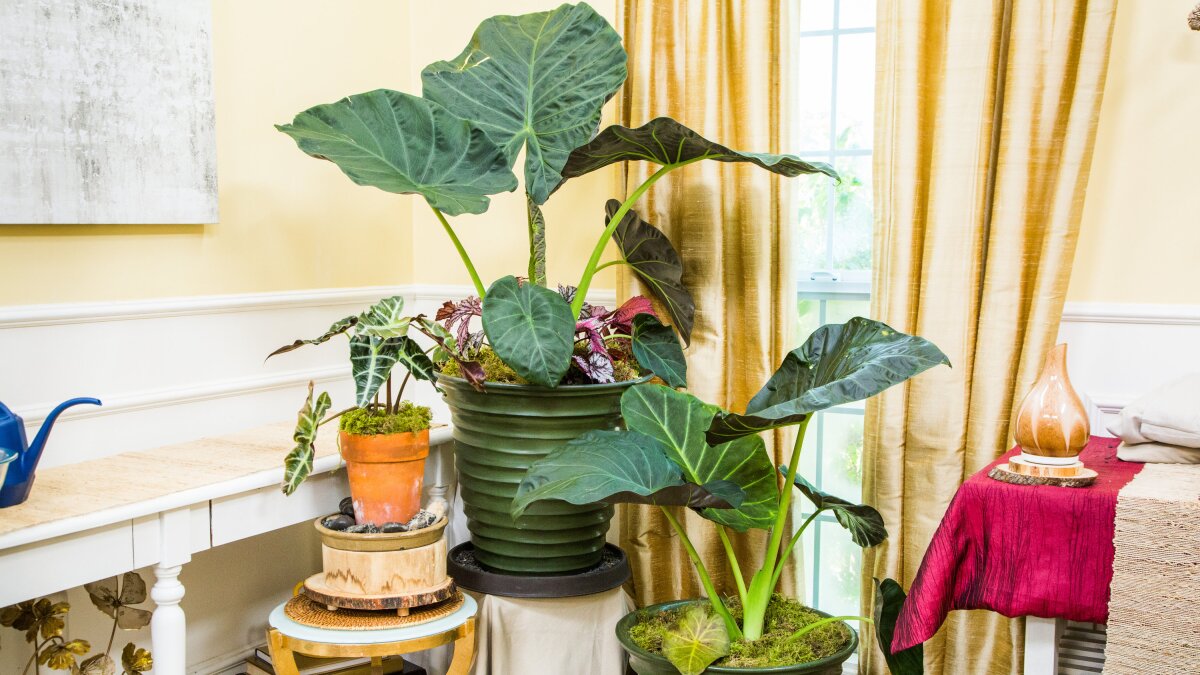
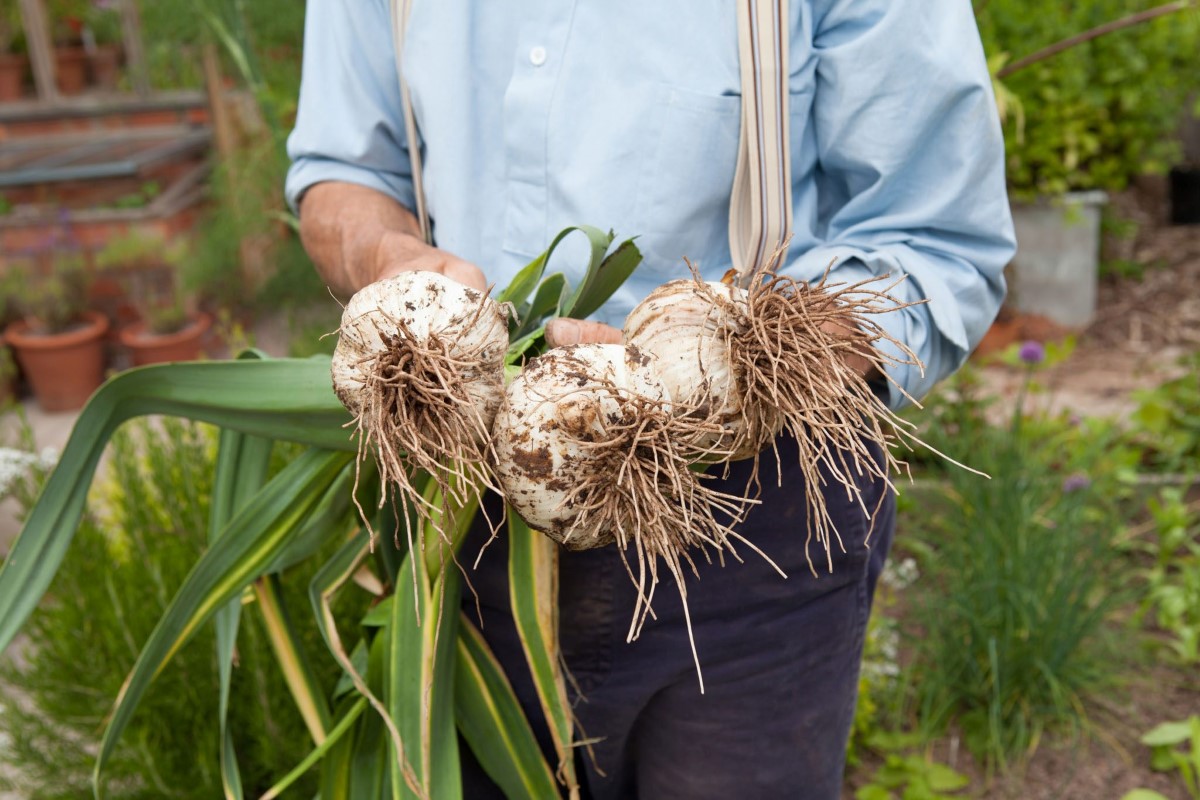
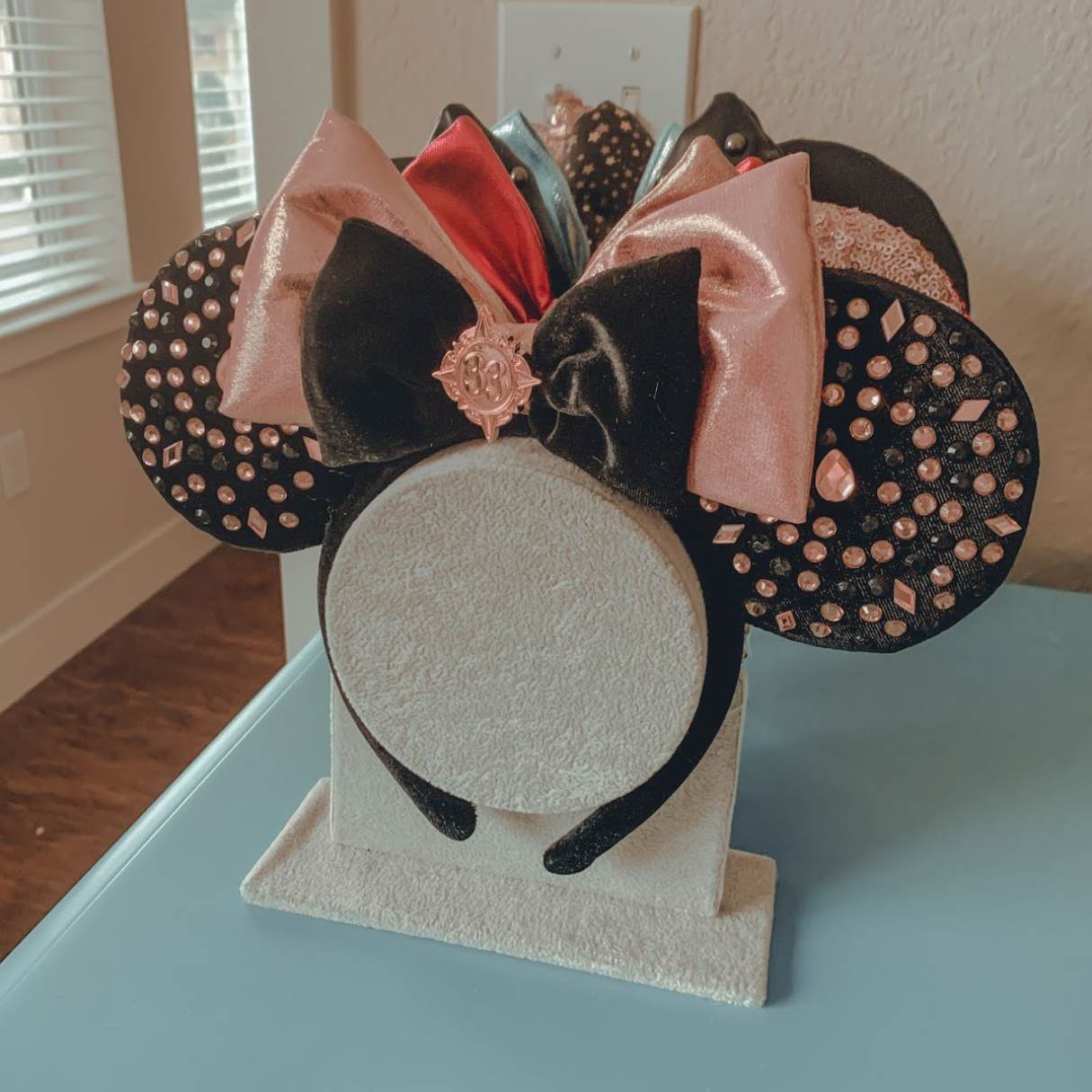
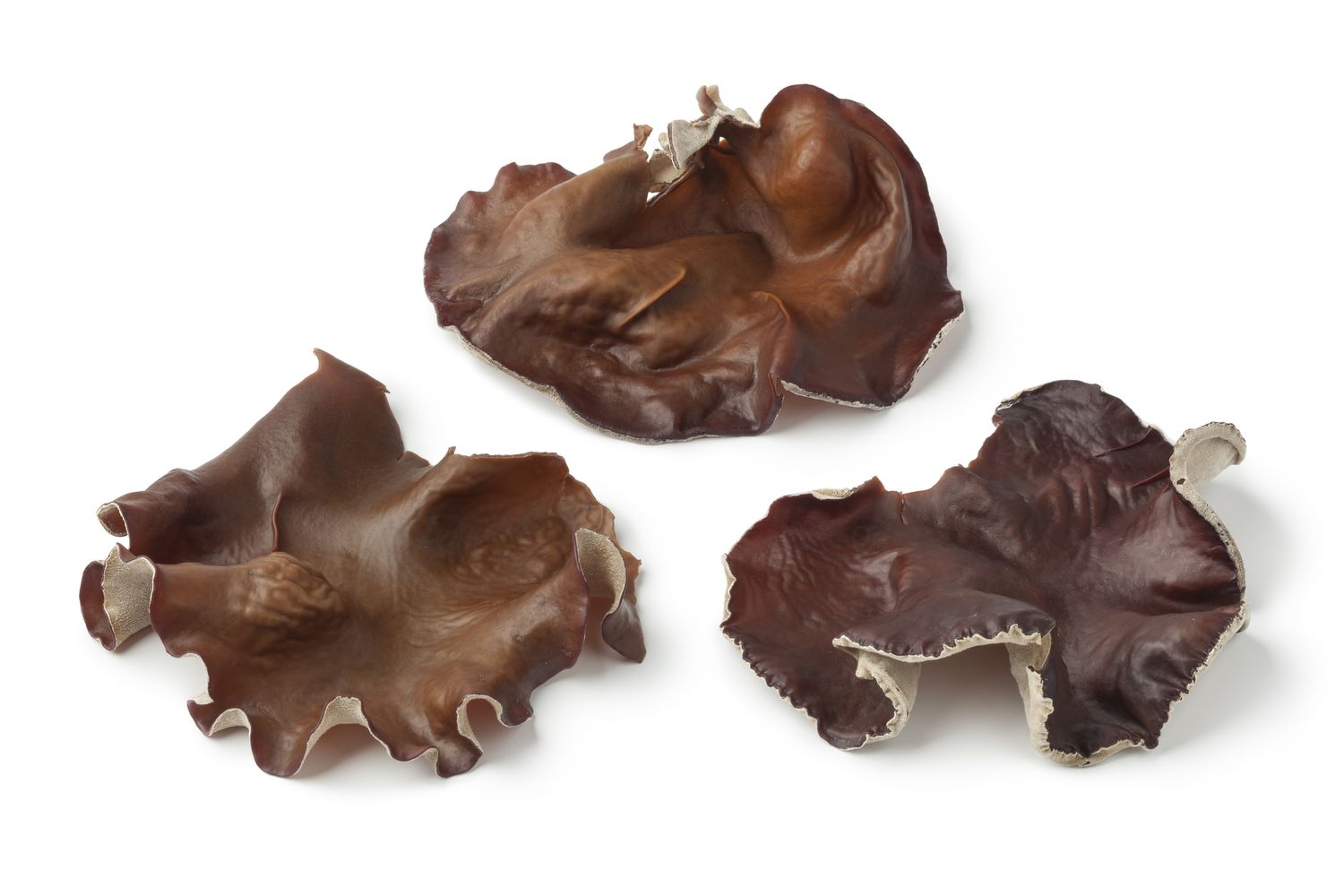

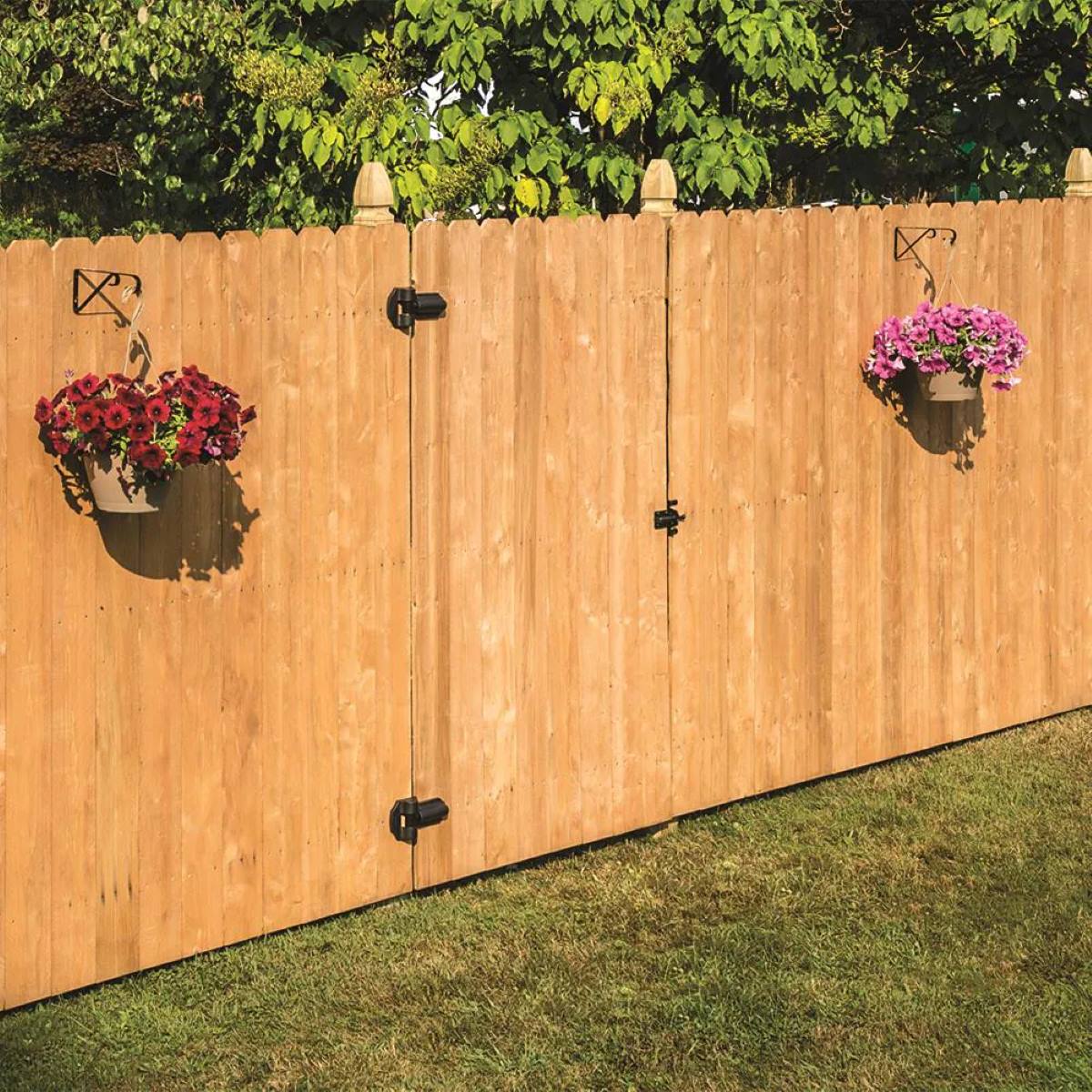

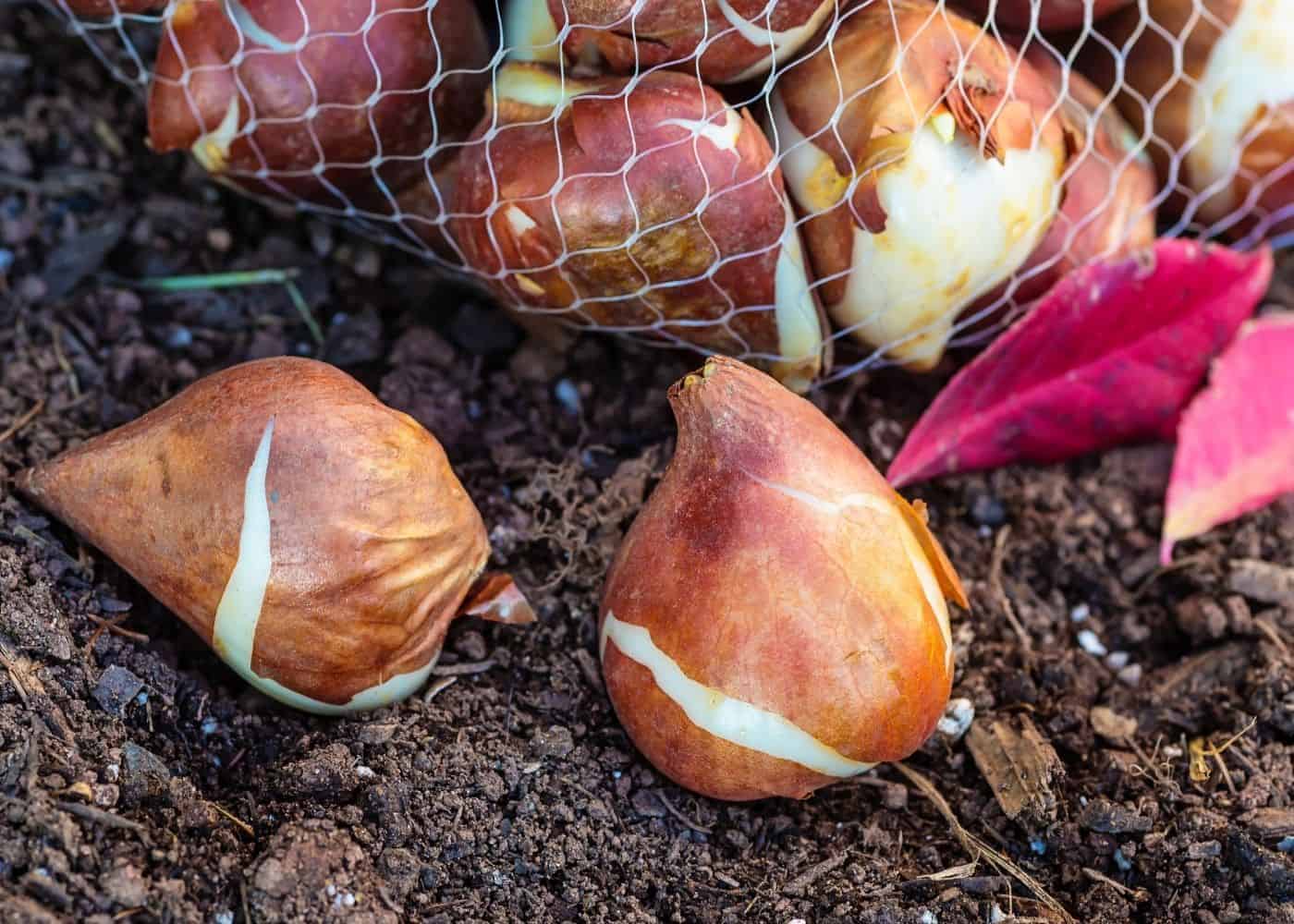
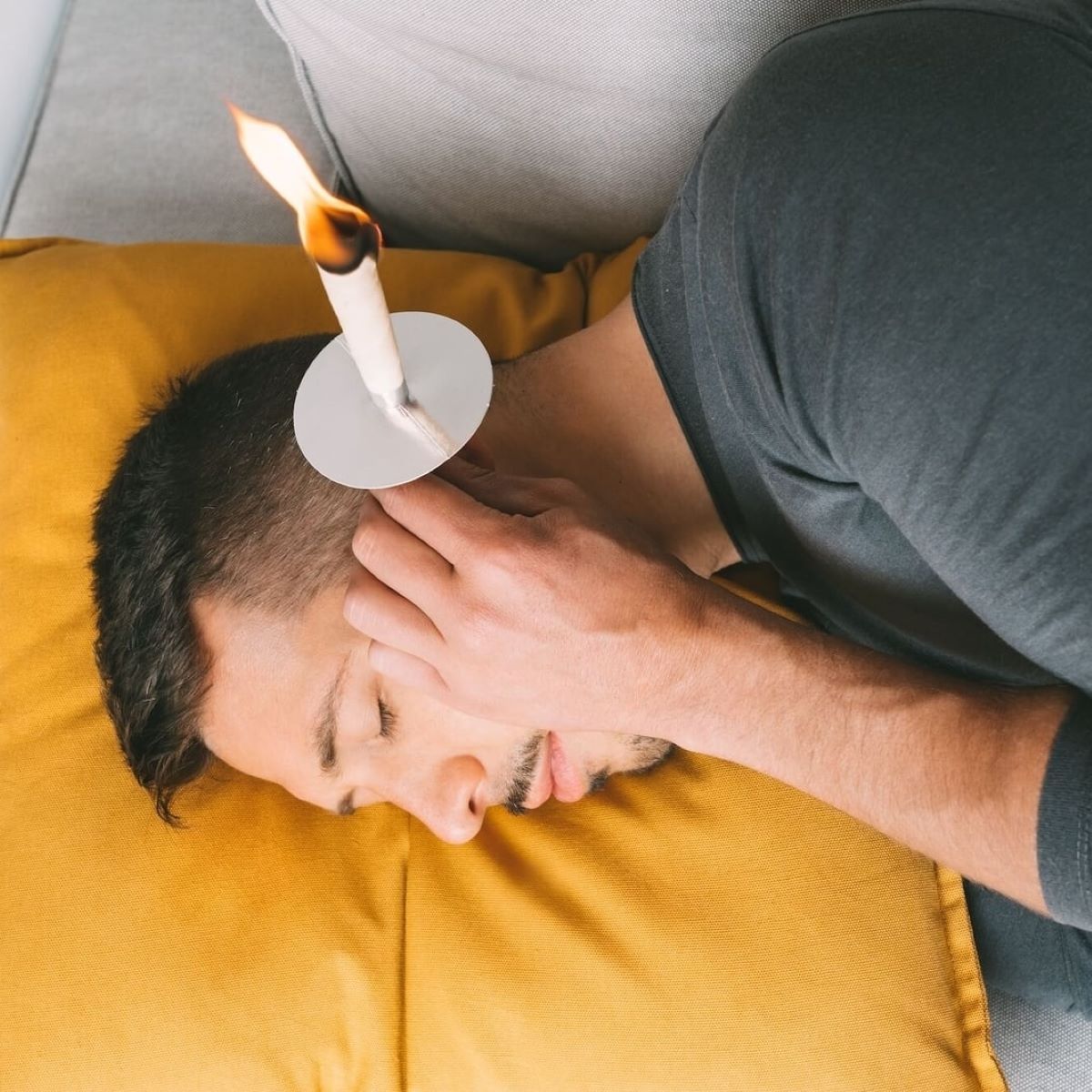

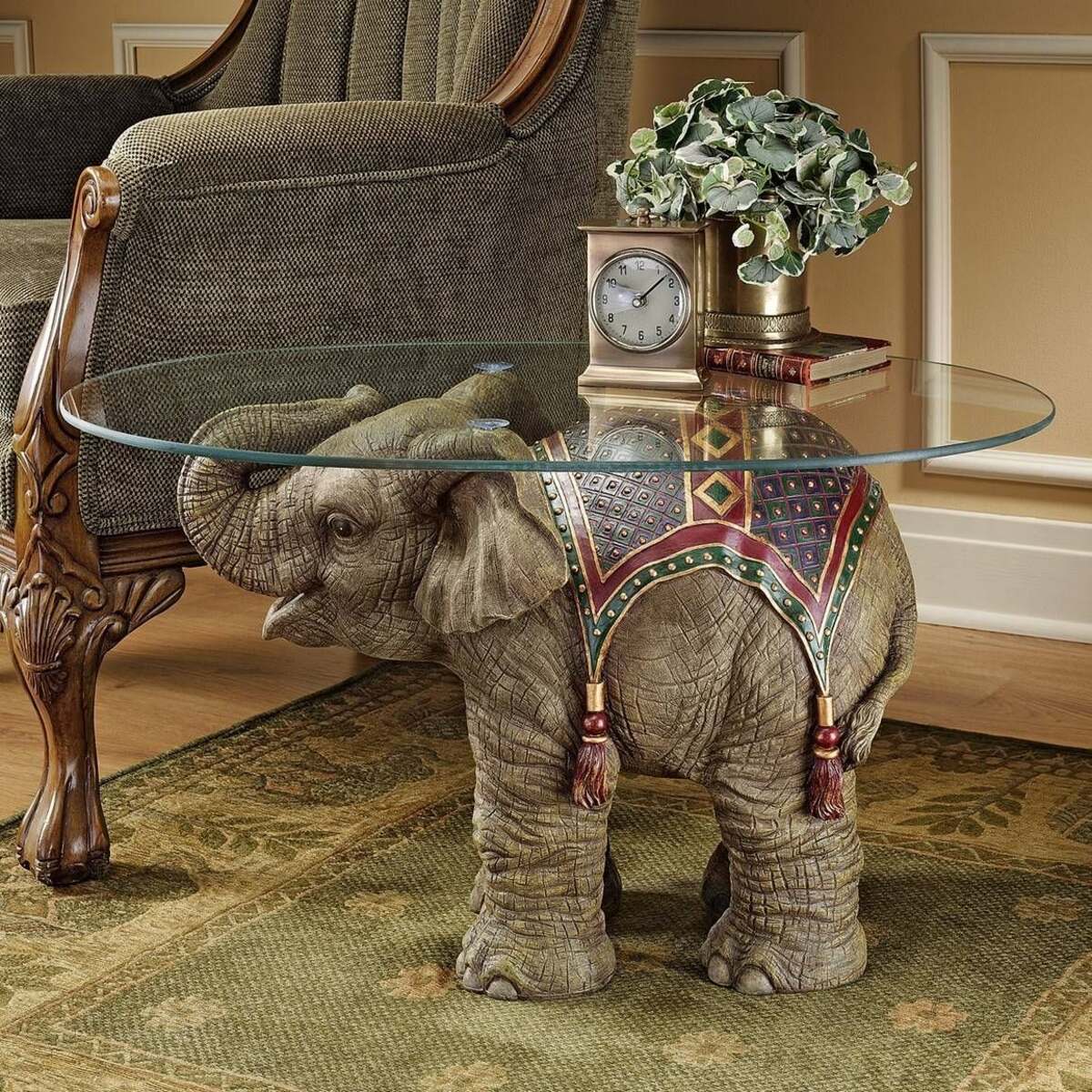
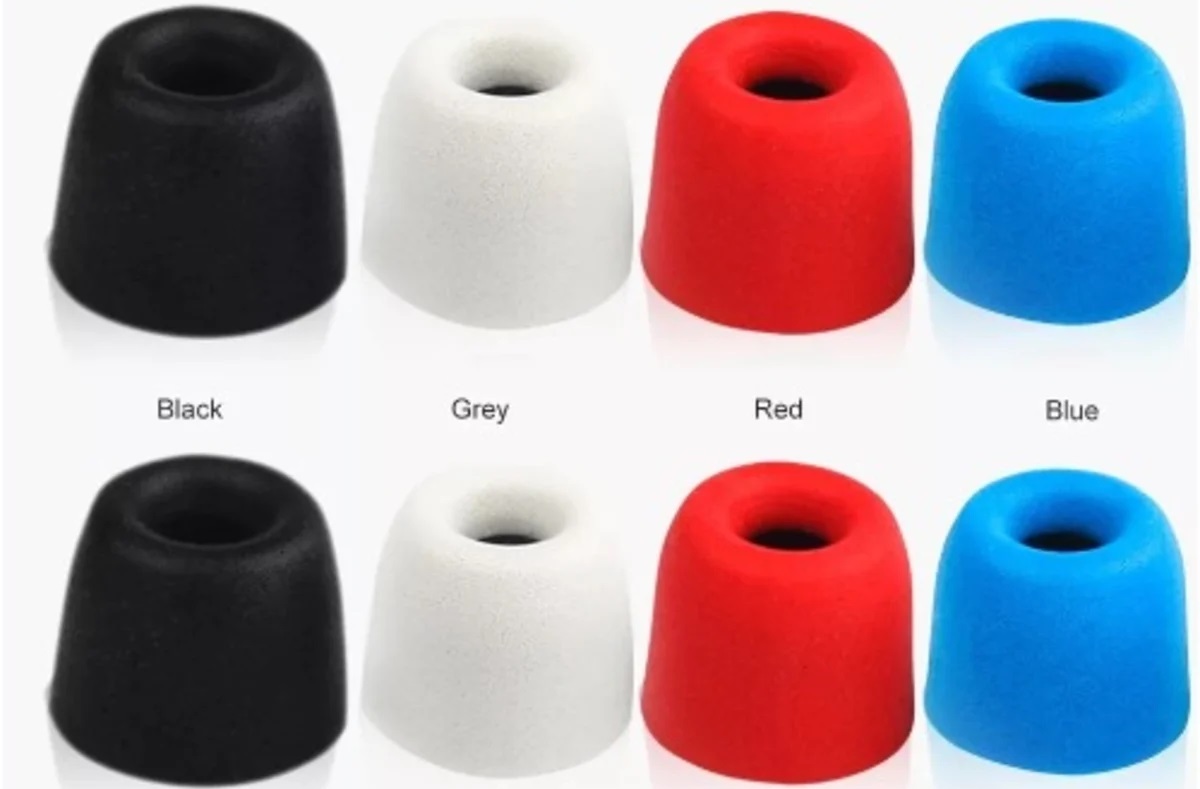

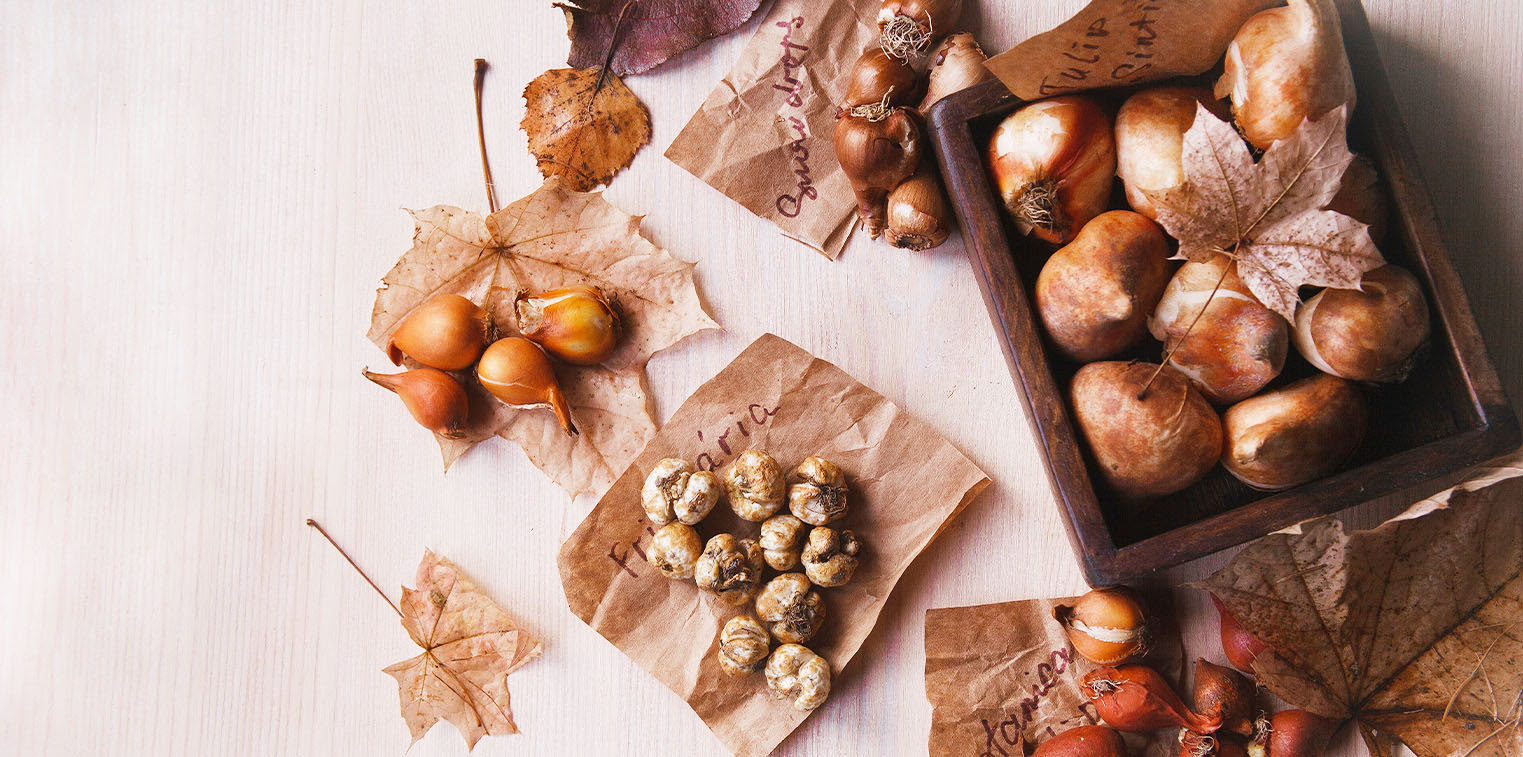

0 thoughts on “How To Store Elephant Ear Bulbs”